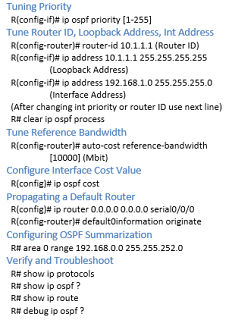Funktionalität von Switches:
Ursprünglich ist ein Switch eine sogenannte Multibord-Bridge = Layer-2-Device
Ethernet: ursprünglich eine Bus-Topologie
Es erfolgte ein Umstieg von Coaxial auf Twisted-Pair, da der Preis eine große Rolle spielt. Weiters sind Coaxialkabel mit T-Stecker sehr fehleranfällig.
Switchingmodes:
Store & forward Switching:
Der Switch empfängt den Frame direkt und schickt ihn aufgrund der Destination-Addresse (MAC) weiter. Es wird der Frame nur dann weitergeleitet, wenn kein Übertragungsfehler aufgetreten ist (Frame Check Sequence = korrekt)
Cut-through Switching:
Der Switch wartet, bis er die Destination MAC-Adresse empfangen
hat und beginnt bereits dann den Frame weiterzuleiten.
Vorteil: schneller(geringere latency)
Fragment free:
Nach 64 Bytes wird der Frame weitergeleitet. (kollisionsbedingt)
Switching table:
Der Switch lernt aufgrund der MAC-Adressen welcher PC an welchem Port
angeschlossen ist.
CAM ... Content addressable memory = Assoziativspeicher
Input:
MAC & VLAN
Output:
PORT
Switches sind in Hardware ausgeführt (PLDs = Programmierbare Logikbausteine) und sind schneller als ein Router.
Heutzutage sind Switches eine Kombination aus Soft- und Hardware.








